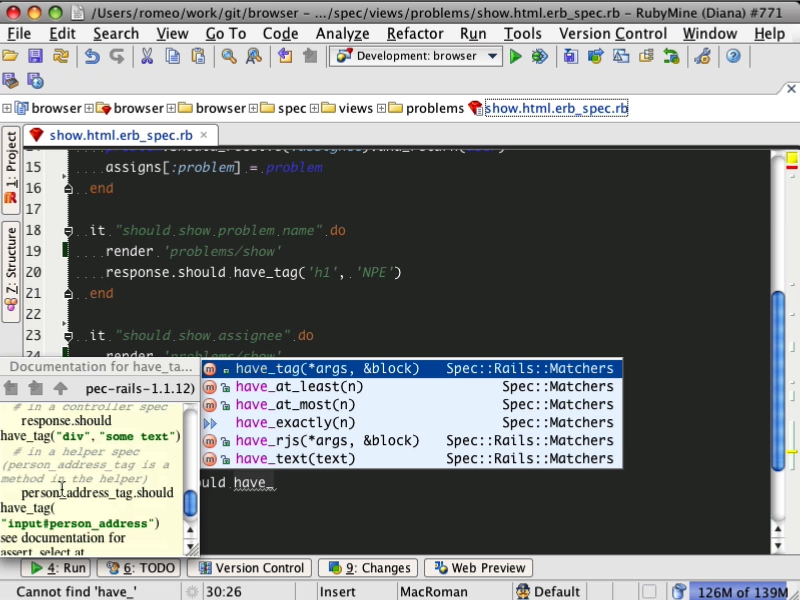

Then /^I should land on the qastuffs blog$/ doĨ. Page.should have_css(page.qastuffs_main_css) Given /^I am on the main google search$/ do Create a new file called "search_steps.rb" under "features/steps_definitions" Scenario: A simple google search scenarioĪnd I search for "site:"ħ. Create a new file called "search.feature" under "features/regression" Create a new file called "cucumber.yml" at the top level directoryĭefault: -r features/support/ -r features/step_definitionsĦ. Create a new file called "capybara.rb" under "features/support/patches"ĥ.

Require 'features/support/patches/capybara'Ĭonfig.mixin_dir = File.dirname(_FILE_) + '/./pages'Ĥ. Create a new file called "env.rb" under "features/support" The following steps are to initialize cucumberģ. You might want to read more about Cucumber, Steps definitions, and Page Models before continuing on the steps.ġ. The second part is to create a new project: We will need it so that we can download the ruby gems You only need to do this step if you need to use proxy to access the net. Open command line prompt in windows and type "set http_proxy=proxy-name:8080"

The first part is to setup ruby and ruby gems into your local machine.ģ. This is just the way I setup a new project. Please note that there are many ways to do this. I will cover how to setup the project in Ubuntu in a different blog. I will assume that the OS platform is in Windows. This is a guide on how to create a project to setup/install a cucumber automation test using Selenium Webdriver in Ruby. Steps by Steps guide to Setup/Install Cucumber automation test using Selenium webdriver in Ruby


 0 kommentar(er)
0 kommentar(er)
